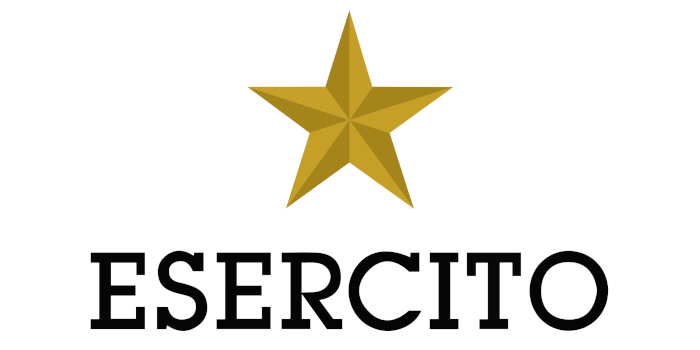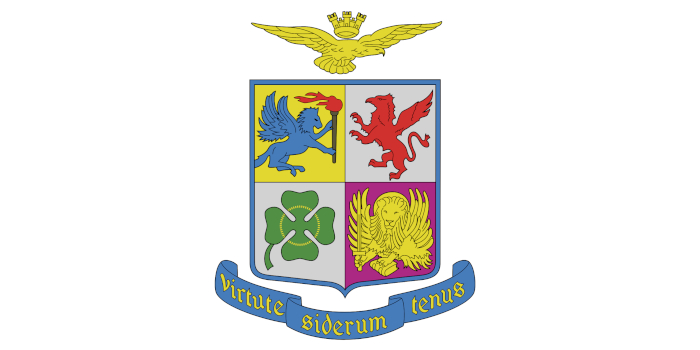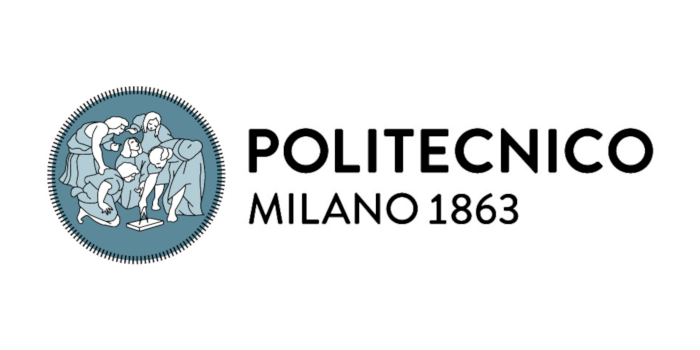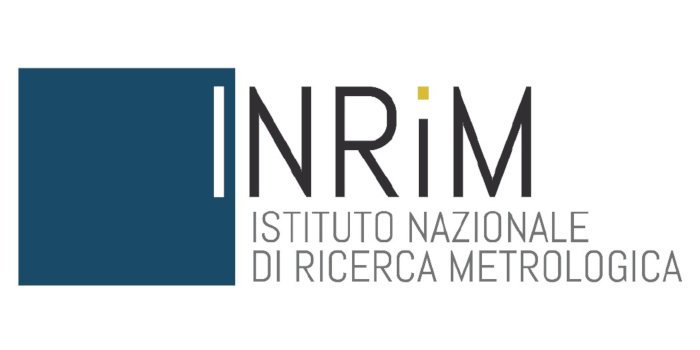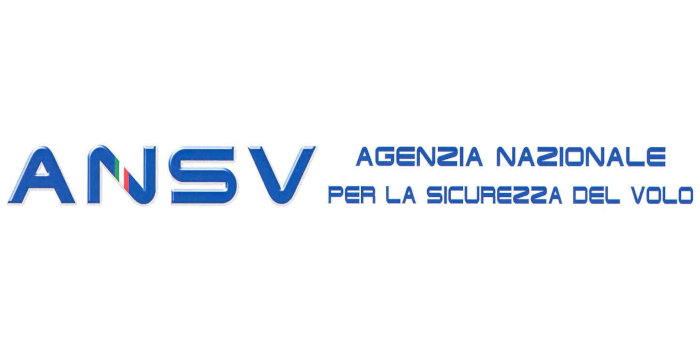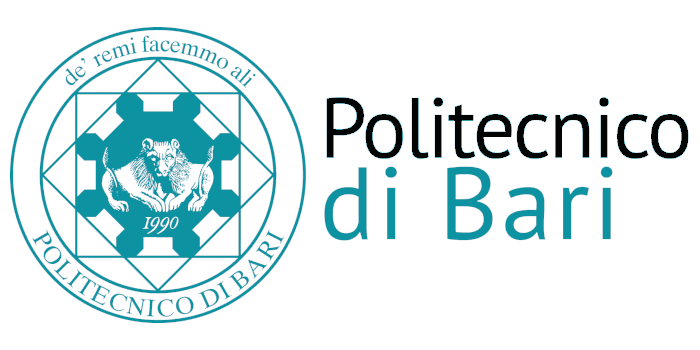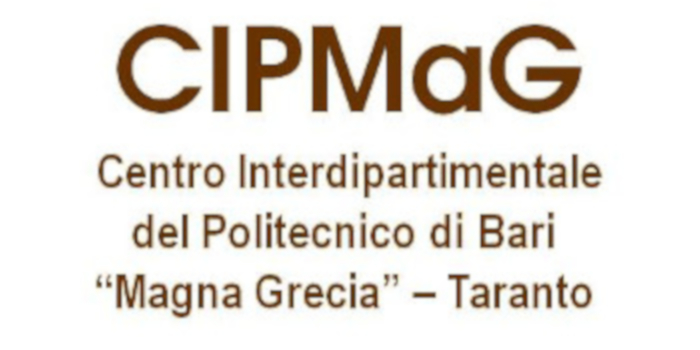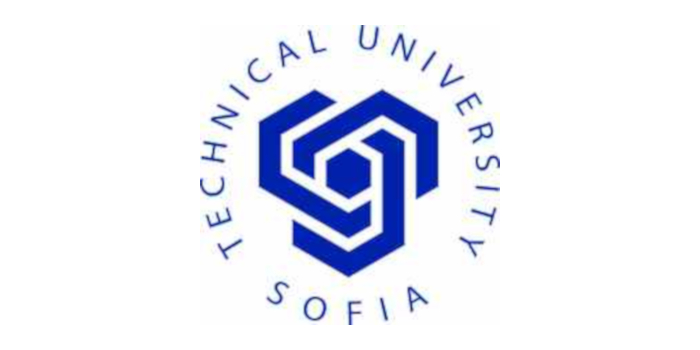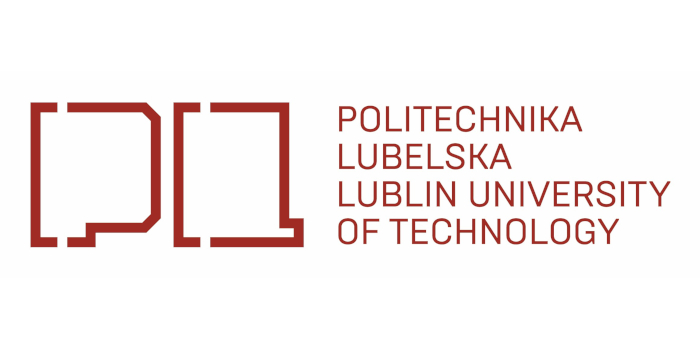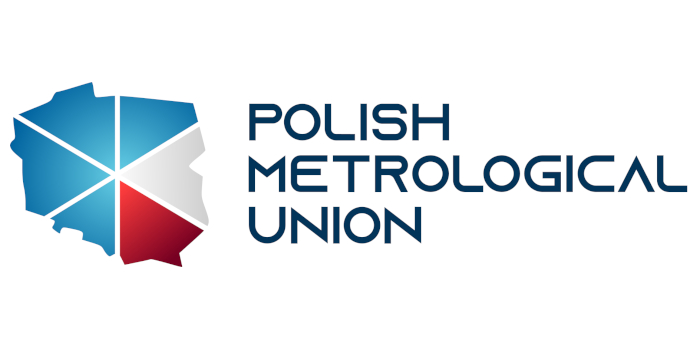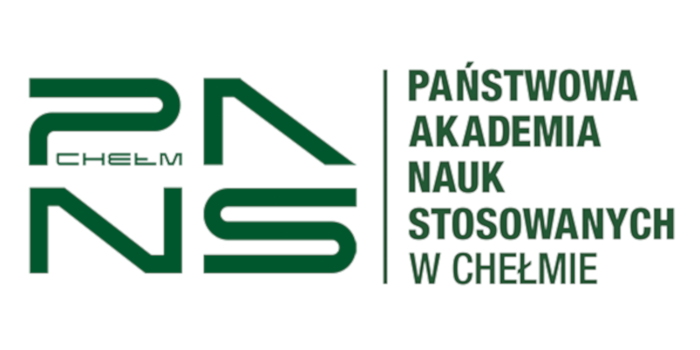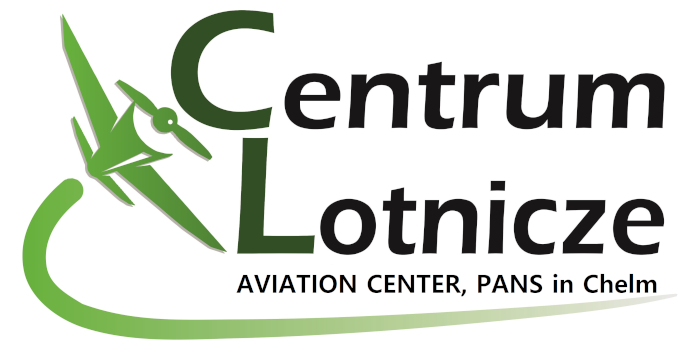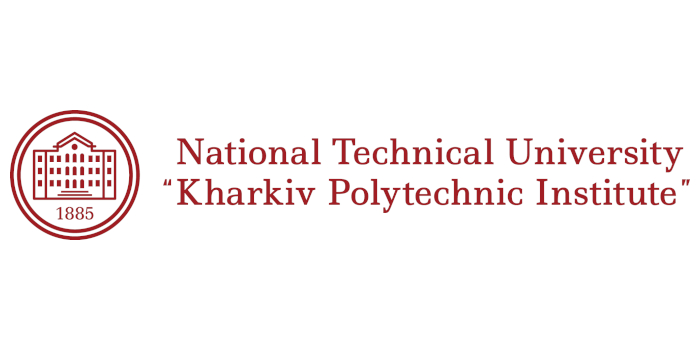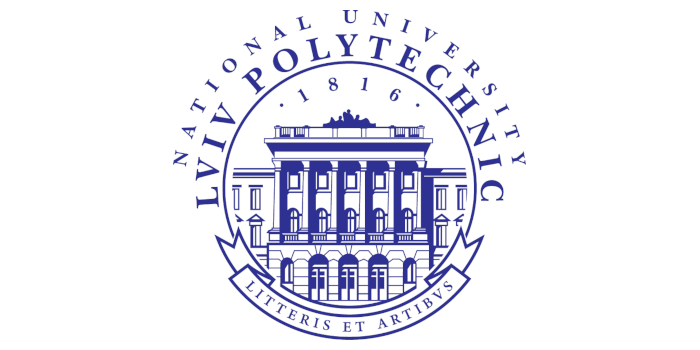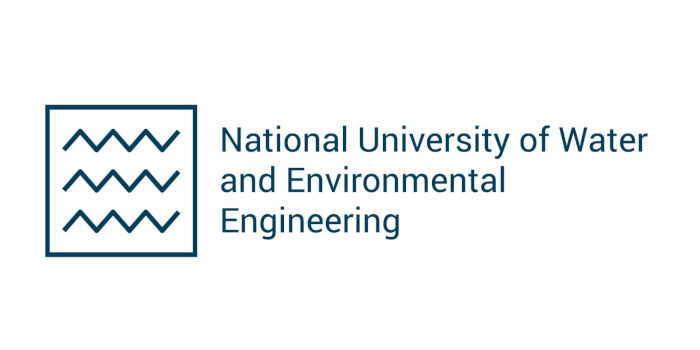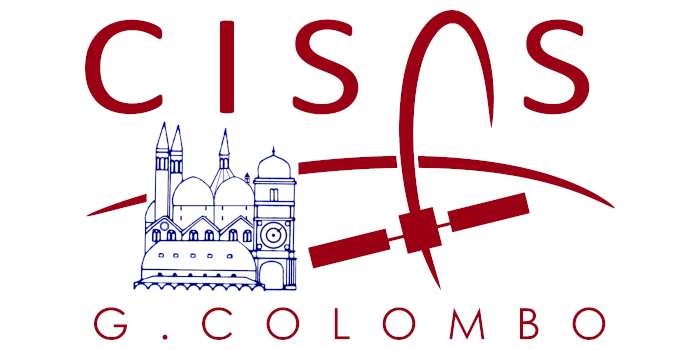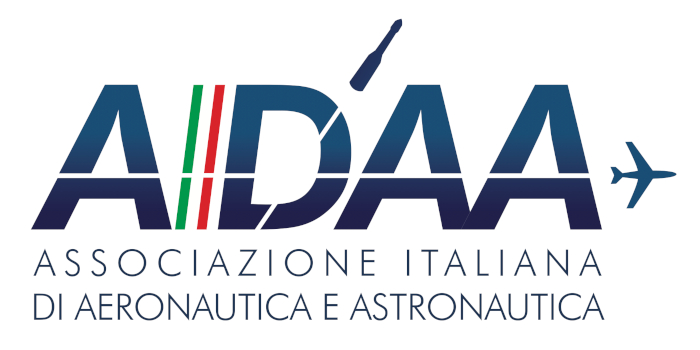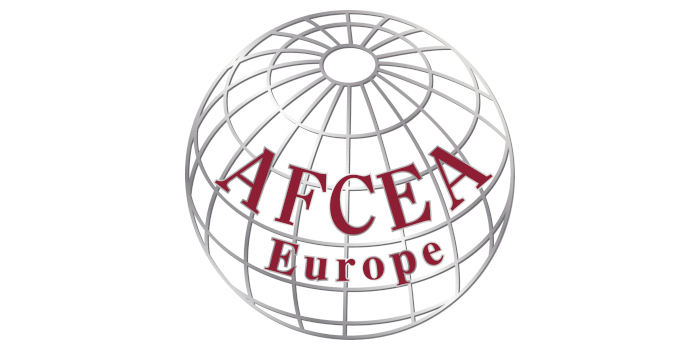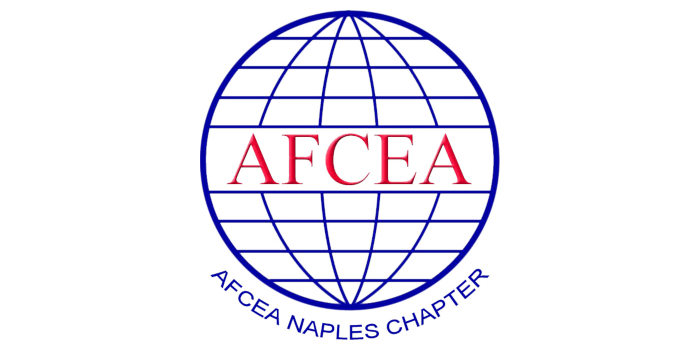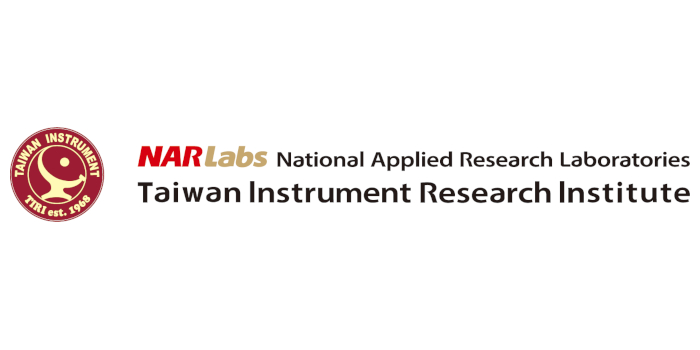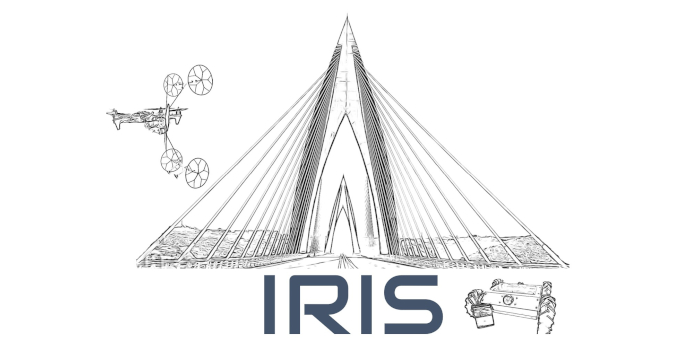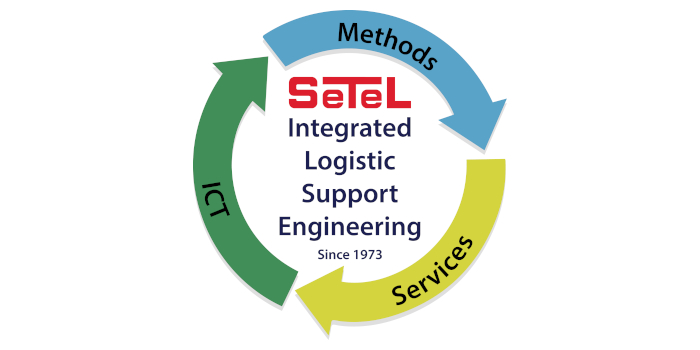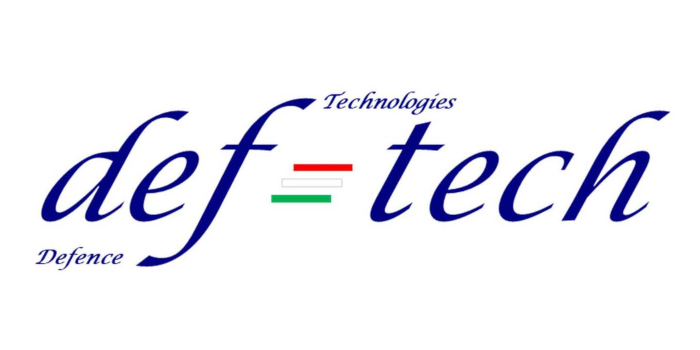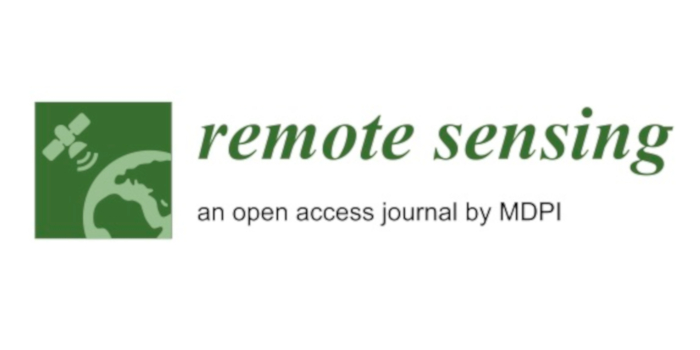SPECIAL SESSION #12
GNSS Space Synergies (GNS4): from GNSS space users to LEO-PNT and hybrid terminals
ORGANIZED BY
Francesco Menzione
European Commision
ABSTRACT
The new trend of Low Earth Orbit (LEO) mega-constellations has the potential to revolutionize not only the access to broadband non-terrestrial networks (NTN), but also the Position, Navigation and Timing (PNT) and Earth Observation (EO) services. LEO constellations are game changer for PNT applications, since they can be exploited as a “signal of opportunity” complementing and augmenting the current PNT solutions as well as dedicated LEO-PNT systems.. The New Space Market has reduced the cost for deploying LEO platforms fostering the evolution of the pre-existent broadband telecom mega-constellations and their integration with other space-based infrastructures, such as EO platforms. All data, observables and warnings provided worldwide by such space systems will have to be finally ingested trough a new generation of hybrid user terminals, enabling a new dimension of integrated services.
In this rapidly evolving context, MEO GNSS layer remains a fundamental enabler for those upcoming infrastructures allowing space applications, such as P2OD, on-board ODTS, orbit control, space traffic management, space weather and space environment monitoring. In addition, next generation space users will benefit from new GNSS services (high accuracy service, authentication, modernized signals, Receiver Autonomous Integrity Monitoring (RAIM), etc.) and further potential evolutions such as new capabilities/signals somehow optimized for the use in space, e.g. for example specialised data messages targeting space users.
This special session focuses on the investigation of the synergies between GNSSs and the elements of the new space infrastructure. The synergies include analysis at system and user levels. In the first case, the review and verification of the effective deployment of the GNSS Space Service Volume and all relevant peculiarities of the new space infrastructures (LEO-PNT, Satcom, EO, etc.) is fundamental for the identification of new GNSSs design drivers. At the user level, integration of “traditional” GNSS with new products available from emerging LEO constellations shall be discussed trough definition of new generation of user terminals. This will ideally extend the synergy and complementarity identified in space to the user algorithms that, accessing diverse space infrastructure products, can fuse navigation, communication and geospatial data.
The possible contributions can be grouped in three areas of investigation: analysis of the conventional and upcoming users of the GNSS Space Service Volume; advances in GNSS solutions and services for the next generation space applications; hybrid terminals developments. In the following, a brief description of the areas is provided.
1) Conventional and upcoming users of the GNSS Space Service Volume
This area includes all aspects of recent advances in the 2nd generation space-borne applications and extend them to the 3nd generation GNSS space users. With 2nd generation it is intended those users relying on conventional GNSS driven scenarios, such as EO Precise Orbit Determination (POD), Formation Flying, Space Servicing, High Orbit Navigation and Rising, Reflectometry and Radio-occultation, Orbit control and Collision Avoidance, All the innovative studies allowing to characterize and validate performance of GNSS in the whole Space Service Volume (SSV) can be considered. The new 3rd generation is expected to focus on the exploitation of GNSS system for the management and augmentation of upcoming space based infrastructures as LEO-PNT, Satcom Mega-Constellations and dense EO systems with enhanced data relays. The contribution is not limited to mission and performance analysis, but it includes space and ground segment specification and implementation issues (i.e. payloads and platform design, Orbit Determination and Time Synchronization (ODTS), autonomous operations, etc.) depending on the MEO GNSS. Starting from the limits of the current system architecture, new parameters broadcasting as well as new MEO GNSS design drivers can be addressed and proposed here as future requirements.
2) GNSS solutions and services for the next generation space applications
This area focuses on GNSS technologies and data processing, which can support current and future space applications. In the era of the New Space Market, this is not limited to conventional P2OD and ODTS space-borne solutions, but all GNSS results can be re-used to improve next generation platform capabilities. Therefore, this section can consider all advances in GNSS receiver architectures, exploitation of new navigation services (i.e. high accuracy service, authentication, modernized signals and navigation messages, RAIM etc.), novel signal processing techniques, time synchronization issues, measurement combination and sensor fusion algorithms. Novel GNSS data processing can be also considered in so far they allow exploiting or supporting capabilities requested by the new constellation scenarios (i.e. Space Traffic Management, Space Situational Awareness, Space Weather Prediction, Space Environment Monitoring).
3) Hybrid terminals developments
One of the focuses of the section is the identification of promising architectures for hybrid terminals allowing to integrate conventional MEO-GNSS data with new space infrastructure auxiliary information. In the frame of positioning application, the analysis refers to navigation solution combining GNSS observables and conventional external sensor (i.e inertial, vision based etc.) with other PNT data provided via dedicated LEO-PNT signals, Signals of Opportunity (SoP) ranging and other corrections broadcasted by Non Terrestrial Communication Networks (i.e. 5G). Conventional as well as advanced GNSS signal processing and positioning techniques (PPP, RTK, etc.) can be considered to identify limits and advantage of each data sources in terms of accuracy and reliability. The section is not strictly confined to PNT application in such a way GNSS observables are used together with other data sources (i.e. satcom data, geospatial data) to deploy other capabilities through the hybrid terminal (autonomous driving, two way communications, disaster early warning, timing broadcasting, human activity monitoring, predictive maintenance).
ABOUT THE ORGANIZER
Francesco Menzione was born in Napoli in 1986. He received the B.E., M.E., and Ph.D. degrees from University Of Naples FEDERICO II in Aerospace Engineering and Satellite Navigation. After almost eight years working in the Aerospace sector, he joined European Commision Joint Research Center as Technical and Scientific Officer. His main areas of research interest are Space Service Volume and next generation space-based infrastructures (LEO PNT, broadband satcom constellations), GNSS based precise orbit navigation and GNSS driven space applications (radio-occultation, ionosphere sounding, reflectometry


